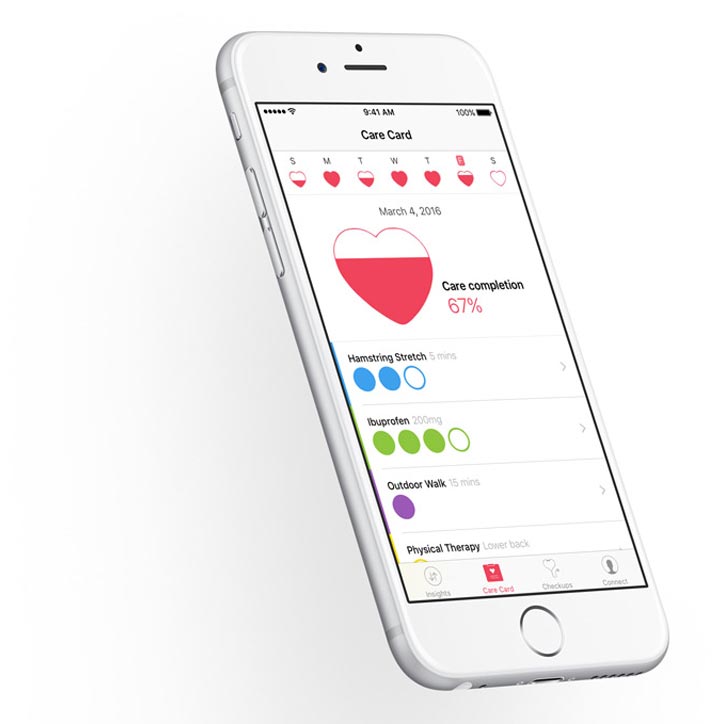In the early days of the late nineties and the noughties we sometimes struggled to get our clients to fully understand the process which they were embarking on – we invested a lot of energy on compiling process documents that fully explained what each party had to bring to the table to launch which in many cases was the companies first online expedition. People everywhere were playing catch up.
During our time we’ve worked at all levels of corporate hierarchy – from group companies and the board of directors to the marketing, sales and IT departments.
Move forward 10-15 years and everyone has become internet savvy but a lot of decision makers and CEO’s still make the same misconceived assumptions.
1. Website development is easy
People underestimate the work involved in creating a website. Well known websites such as facebook look simple but there are lots of complicated development and infrastructure requirements that are time consuming.
Simplicity is sometimes harder and more expensive to achieve as it involves a deeper and more focused understanding of a users interaction with the site.A lot of people still don’t fully grasp the work required and the resources required to create a website that is meaningful and part of a companies DNA.
We work hard to make sure that everyone we work with is as committed as we are to creating the best possible solution and making sure that stake holders feel involved and part of the process – but rest assured – there are no miracles here.
2. It’s your project so you can dictate the design
Design is a deeply personal thing, a bit like a persons sense of fashion or lack their of. Nowadays we live in a world where people access a website across a plethora of desktop clients and devices – this makes design decisions even more important as they must be able to respond responsively (or indeed adaptive) to a users device.
Designers will understand the vision and work with the development team to make sure this results in a cohesive interface that helps visitors access information or convert into customers.
Any reputable agency would have considered lots of options before presenting the user interface to the client and many of these decisions would be backed up by experience and usability testing.
3.Everyone should be involved
The old saying “too many cooks spoil the broth” is even truer when it comes to a website or mobile app. Everyone has their own view or wants a feature they’ve seen on another site.
The reason to employ an agency as opposed to leading the project yourself and working with freelancers is your buying into a team who is looking at the complete picture on your behalf.
At GURUS: we always recommend having a small team of stake holders who are responsible for the content strategy, business objectives and user interaction. Working in this manner we can ensure budgets and timelines are adhered to without scope creep adversely impacting the project
4.Once a website is built its done
This is my favourite – whereas its always good to have delivered a project on time and within budget its always invariably just the first phase in a journey that consists of maintaining and monitoring the site.
All websites should constantly be updated against security threats and glitches. New content should be generated for SEO purposes and existing content and products should be maintained.
The web constantly involves so a regular review of a website is essential to keep the website healthy and moving in the right direction.



